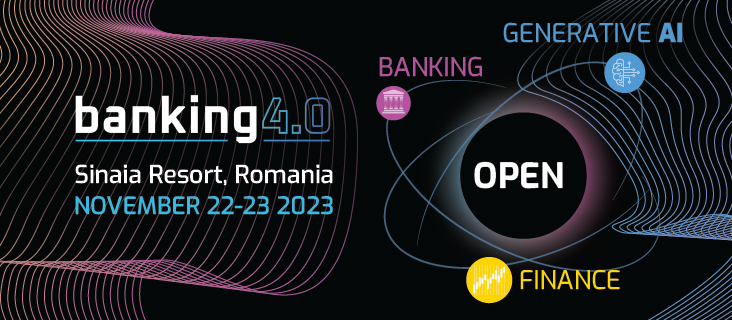
The payment landscape has witnessed significant transformations due to the accelerated growth of mobile and online payment methods, particularly during the pandemic. As consumers and businesses worldwide embraced digital payments, several innovative trends emerged within the conventional payment market. This article explores three noteworthy developments: virtual cards, in-car payments, and the concept of Request-to-Pay. The subject is analysed at the Banking 4.0 international conference in a dedicated panel.
Virtual cards have experienced a surge in popularity alongside the proliferation of virtual payment methods. These cards offer convenient and secure payment options, leading to their increased usage and adoption.
According to forecasts presented in yStats.com’s publication Global Innovation Payment Trends 2023, the virtual card market is expected to exhibit double-digit growth from 2022 to 2026, reaching a value close to EUR 10 trillion by 2026. Additionally, the number of transactions made via virtual cards is projected to surpass 50 billion by 2027. Notably, financial leaders worldwide have been motivated to introduce virtual cards due to their affordability, spending control, and management advantages.
However, it is worth noting that over 65% of surveyed finance leaders globally rejected some virtual card payments in October 2022. Moreover, Q4 2021 data revealed that virtual card usage was most prominent among the millennial age group in the United States, while Gen Z and millennial online shoppers in Germany accounted for the highest share of virtual card usage during online shopping.
The rise in connected vehicle services has paved the way for another payment innovation trend, namely, in-car payments. This development has garnered significant interest among businesses and consumers globally. The collaborative efforts between different stakeholders have fueled the demand for in-vehicle payments, with projections indicating that the number of in-car payments will surpass 4 billion by 2026, according to yStats.com’s report.
Various players in the payment industry and original equipment manufacturers (OEMs) have entered into partnerships to expand the scope of in-car payments. For example, VISA collaborated with Mercedes to offer a purchase and pay service via the car’s onboard unit. Notably, a survey conducted in February 2022 revealed that more than 75% of potential users of in-car payments in China considered it advantageous for manufacturers, which was higher than the sentiment in the USA and Germany.
The concept of Request-to-Pay has gained traction as a result of the global growth of instant payments. This innovative payment method offers an alternative to direct debits, with many industry stakeholders considering it a superior option. Corporate clients, in particular, have shown a high demand for Request-to-Pay, with approximately 75% of industry stakeholders believing it has the potential to reduce merchant reliance on payment cards.
However, despite its increasing popularity, the readiness of banks to adopt Request-to-Pay has been identified as a major challenge. In Europe, progress has been made in terms of adoption and awareness of Request-to-Pay, as indicated by the majority of payment professionals and corporate treasurers who are aware of both pan-European and national Request-to-Pay processes. Nevertheless, the actual usage of national Request-to-Pay processes remains relatively low, although almost half of the surveyed payment professionals expressed a keen interest in utilizing them.
Source: Link
Banking 4.0 – „how was the experience for you”
„To be honest I think that Sinaia, your conference, is much better then Davos.”
Many more interesting quotes in the video below: